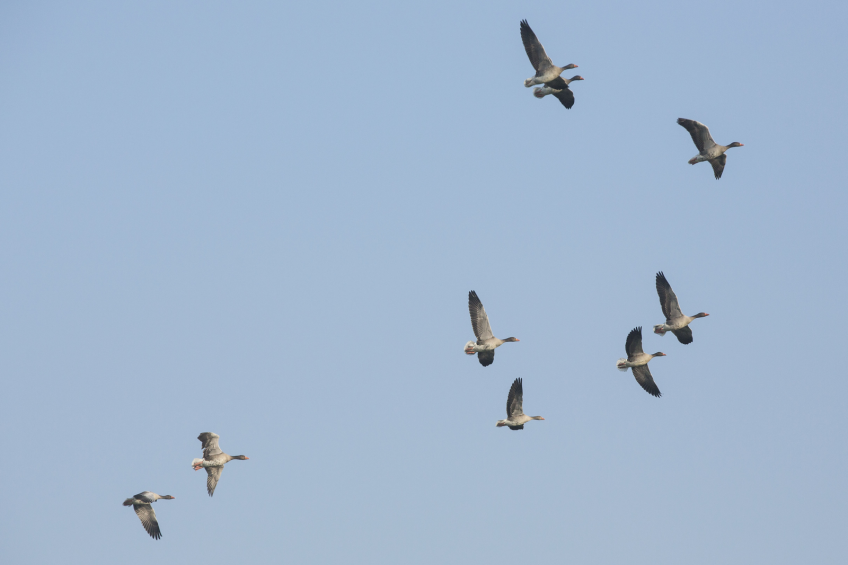Bird flu threat escalates as virus mutates

Controlling avian influenza, both locally and globally, is becoming increasingly difficult, with the virus keeping one step ahead of scientific understanding.
“Despite massive investment, there are still some key gaps in our knowledge,” according to Prof Ian Brown, head of virology at the Animal and Plant Health Agency (APHA). “We have endemic infection in six regions of the world – China, Vietnam, Indonesia, parts of India, Bangladesh and Egypt – where we can no longer track and monitor effectively the spread of this infection. We cannot bring it under control,” he told the Global Alliance for Research on Avian Diseases conference at King’s College, London.
Even in places like Europe and Japan, where huge efforts had been made to contain AI, it still had a habit of coming back.
A major difficulty in containing the disease was that it was often hard to detect.
Trade barriers are themselves damaging
Governments that place countrywide bans on trade from countries where HPAI has been reported, could be doing themselves a disservice, UK chief vet Nigel Gibbens told the conference. “We must not kill off trading routes. This is an over-reaction to the disease breaking out. It depressingly, predictably happens that it causes trade barriers that are themselves damaging and possibly perverse in their outcomes. You might shut off the trading route from a safe trading partner because of avian influenza, and open up a different trading route with a new partner who will bring you a whole host of different endemic diseases that you’d rather not have.”
Changing epidemiology of H5 virus
Since the so-called Guandong strain of HPAI had emerged in China in 2004, there had been waves of infection, exacerbated by the extensive trade in live poultry and the fact it can replicate in free-range ducks, without any symptoms showing, said Prof Brown.
“The evolution and changing epidemiology of the H5 virus over time has also made it really difficult for us to select and use the right vaccines. In the mid- to late-1990s we had relatively little variation, but over time we see more genetic diversity. That’s because we’ve had truly global spread, we have a virus that becomes established in the ecosystem and evolves independently. The epidemiology has become more complicated because of this virus’s ability to pick up genes readily from other strains.”
Live bird movement
Wild birds certainly played a role as a primary source of the disease. “But sometimes this gets out of perspective and they are blamed for spreading an outbreak when there is no epidemiological evidence to support that.” The actual spread was often down to things like live bird movement, trade in contaminated product and vehicle movements.
Source: Farmers Weekly













